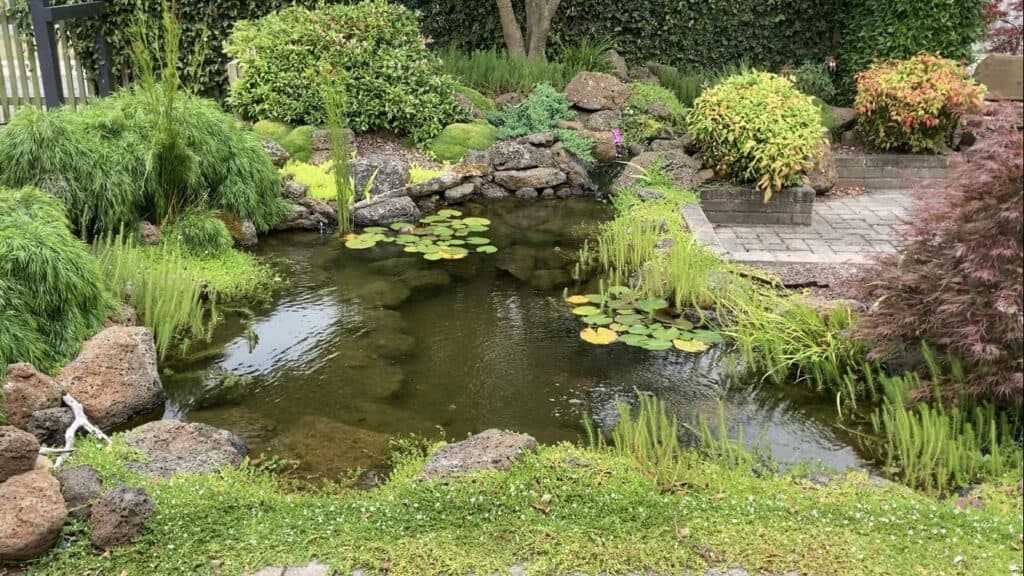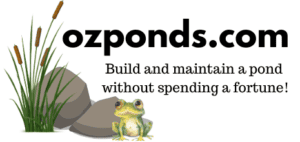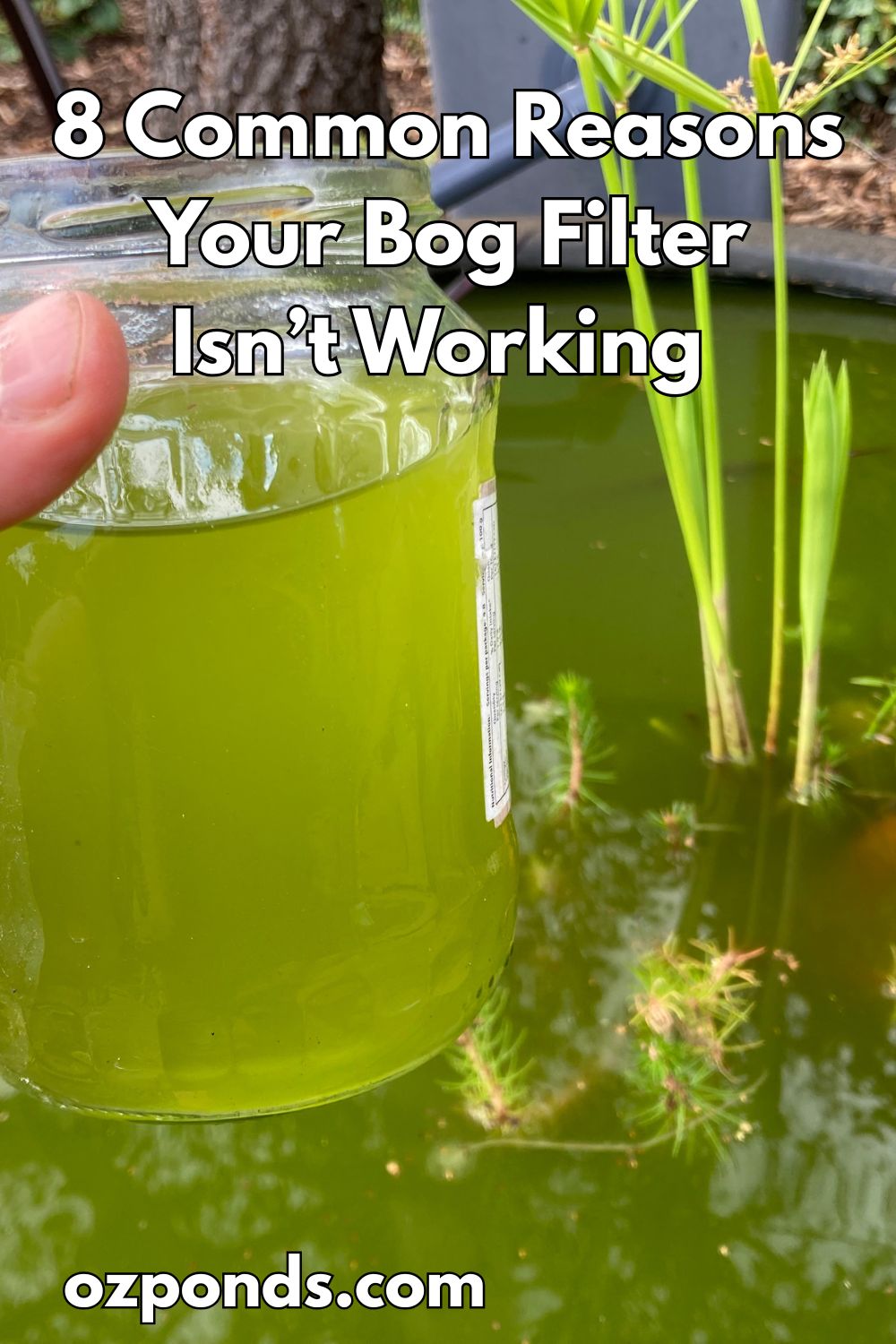So you’ve followed all the steps — built a bog filter, added the plants, fired up the pump — but something’s not quite right.
In this post, I’ll walk you through the most common issues people run into with their bog filters and how to fix them.
If you’re new around here, I’m Kev, and my goal is to help you build a beautiful, low-maintenance pond without spending a fortune.
1. Your Bog Filter Is Too Small
Bog filters work best when they’re sized for the actual waste load in your pond.
A tiny pond with a few tadpoles? You’ll get away with a small filter. But if you’re running turtles, ducks, or a heap of goldfish — you’re going to need something a lot more robust.
👉 I’ve got a free Bog Filter Calculator to help you size it right.
2. Flow Rate Is Off
Too fast and the water doesn’t spend enough time in the bog for the bacteria to do their job.
Too slow and oxygen levels drop — which messes with the biological balance. A healthy bog filter needs a diverse bacterial community, and different bacteria thrive at different oxygen levels.
👉 You can use my free Flow Rate Calculator to dial it in properly.
3. You’re Overstocked or Overfeeding
More fish = more food = more poop = more work for the filter.
It’s a slippery slope.
I always recommend understocking your pond. It gives fish more room, reduces stress, and creates a better environment for everyone (just like free-range chickens vs cage chickens).
If you want big fish or loads of them (or ducks or turtles), plan for that upfront — and size your filter accordingly.
4. You’re Expecting Instant Results
Yep — I hear it all the time:
“Kev, I installed a bog filter and now I’ve got string algae — HELP!”
Relax. That’s totally normal in a new pond. It takes time for the ecosystem to balance itself out.
You can speed things up by adding beneficial bacteria, but avoid harsh chemical treatments. They often do more harm than good and throw off the natural balance.
Oh, and a bit of string algae in the bog filter is actually a good thing:
- It traps sediment
- Absorbs excess nutrients
- Keeps algae out of the main pond
- And you can just chuck it on the garden when you pull it out — free fertiliser!
5. Your Overflow Pipe Is Too Small
When water flows through the bog, it’s moving by gravity — not under pressure like your pump.
If your outlet pipe is too small, water can back up and overflow around the edges, causing leaks and headaches.
I always test the filter before adding rocks and plants. And I usually make my overflow pipe twice the size of the inletjust to be safe.
If you’re using a stream or waterfall, the width will depend on your pump’s flow rate (covered in detail in my blueprint).
Pro tip: Small overflows can create a siphon, which leads to a really annoying sucking sound. No thanks.
6. Your Design Doesn’t Prevent Siphoning
If your bog filter sits above the pond, and your return pipe goes straight in, it can siphon back when the pump shuts off — dumping muck from the filter back into your clean pond.
Here’s what I do:
- Run the return pipe up and over the filter wall
- Add a small breather pipe or hole at the high point
That lets air in and breaks the siphon if the pump stops. Easy fix.
(Some folks use check valves… I don’t. They always fail on me.)
7. No Way to Flush or Clean the Filter
Bog filters are low maintenance, not no maintenance.
Eventually, the gravel will clog up with muck and roots. That’s why every one of my designs includes a way to flush the filter.
You’ll find my preferred designs and examples in the Blueprint download, and I’ve also got videos showing exactly how I do it.
8. You Used the Wrong Plants
Avoid plants with aggressive root systems — they’ll take over the filter fast and clog everything.
Some regular gardening in your bog is essential: thin out the roots now and then to keep everything flowing freely.
Quick Recap:
✅ Size your bog filter and pump properly (free calculators available)
✅ Match pond size to the animals you want
✅ Don’t overfeed or overstock
✅ Expect a bit of algae in the early stages
✅ Oversize your overflow pipe
✅ Add a breather pipe to stop siphoning
✅ Make your filter easy to clean and flush
✅ Trim those plants before they take over
Do all that and you’ll have a clear, healthy, low-maintenance pond that takes care of itself.
Got questions? and if you want to go deeper into pond design, filter sizing, and flow rates, check out my Pond Formulas Blueprint — it includes everything I use to build ponds, plus access to my private community and KevBot assistant.

Join my free email list
If you would like to join my free email list click the button below.
I promise I won’t spam you, I’ll only send information I think can help you save money building and maintaining a pond.

